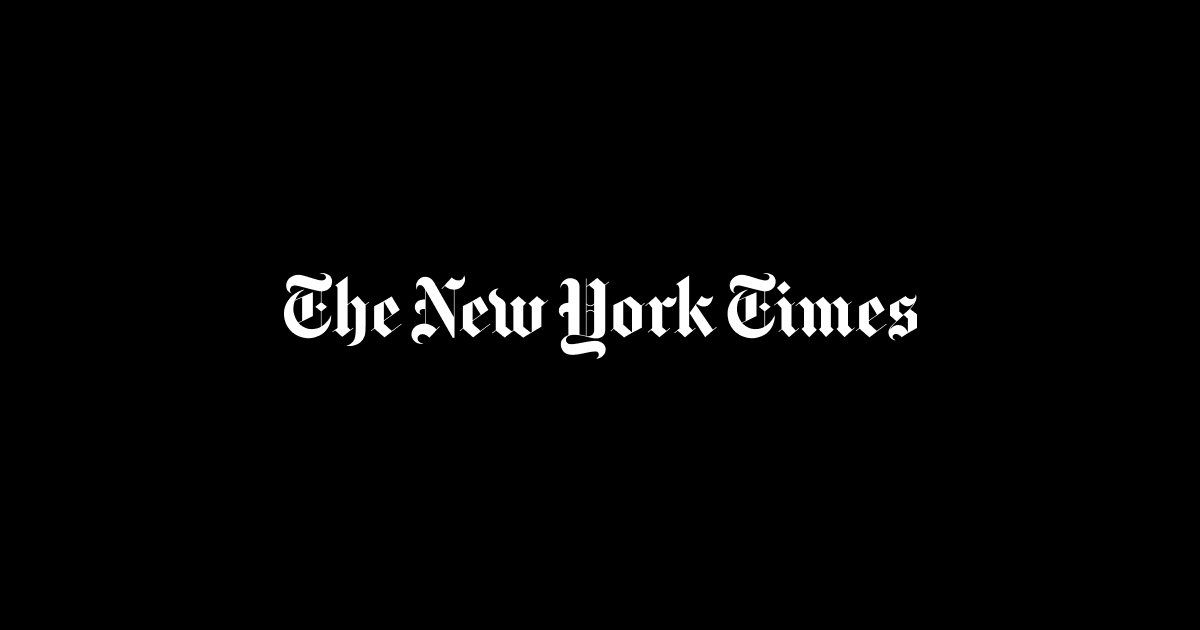Shares rose Friday and were poised to close the week with gains, a relatively rare development during a tumultuous time for Wall Street.
The S&P 500 rose more than 2 percent in afternoon trading, building on a 1 percent gain the day before. The index is on track for gains of more than 5 percent this week, only the second weekly gain in the past 12 weeks.
Shares moved significantly higher on Friday after a survey of consumers found that their long-term inflation expectations were slightly lower than initially reported.
According to the University of Michigan research, consumers expect inflation of 3.1 percent in five years. That’s the highest level for inflation expectations since 2011, but it was revised down from the 3.3 percent reported in preliminary data.
The number was “still at the high end of the range of numbers reported for the past few decades, but a less striking figure than the preliminary June printout,” wrote Daniel Silver, an economist at JPMorgan Chase, in a research note following its publication. .
The state of the stock market
The stock market decline this year was painful. And it remains difficult to predict what the future will bring.
That preliminary rise in inflation expectations had puzzled Federal Reserve officials and helped motivate their decision last week to raise interest rates by three-quarters of a percentage point. The Fed aims to keep inflation at 2 percent in the long term.
The Fed can now take comfort in the knowledge that inflation expectations, while high, are not rising as strongly as they thought. The review could ease pressure from policymakers, who are considering raising interest rates by half or three-quarters of a point at their July meeting. If they don’t feel the need to raise rates so aggressively to cool demand to curb inflation, it could reduce the risk that their policies could send the economy into recession.
Still, even after this week’s gains, the S&P 500 is down more than 18 percent so far this year, heading for its worst half-year performance since 1970. Analysts predict more pain before stocks really recover from the slump .
“I still think we’re in an environment where we’re probably still going to see most rallies disappear,” said Edward Moya, senior market analyst at OANDA.
The clearest sign of “capitulation” among investors tired of falling markets has been the bond market, Bank of America noted, withdrawn some $190 billion in bond funds so far this year. As the Fed has raised interest rates, government bond yields have risen sharply from historically low levels, meaning prices have fallen sharply.
In fact, Deutsche Bank analysts estimate that the 10-year Treasury’s price decline, which has fallen more than 10 percent so far this year, marks the worst start to a year for that key bond market benchmark in more than a century. †
On Friday, 10-year government bond yields rose to about 3.11 percent.
In other markets, the price of West Texas Intermediate crude rose about 2.5 percent to about $107 a barrel, although oil prices were still on track to fall this week as recession fears lower the outlook for the economy. clouded the demand for energy.
In Europe, the Stoxx 600 rose 2.6 percent, its best day since March. Hong Kong’s Hang Seng closed about 2 percent gains and Tokyo’s Nikkei 225 rose 1.2 percent.
Bitcoin, which was beaten at the start of the week and plunged below $20,000 for the first time since December 2020, held steady gains, trading around $21,000.

